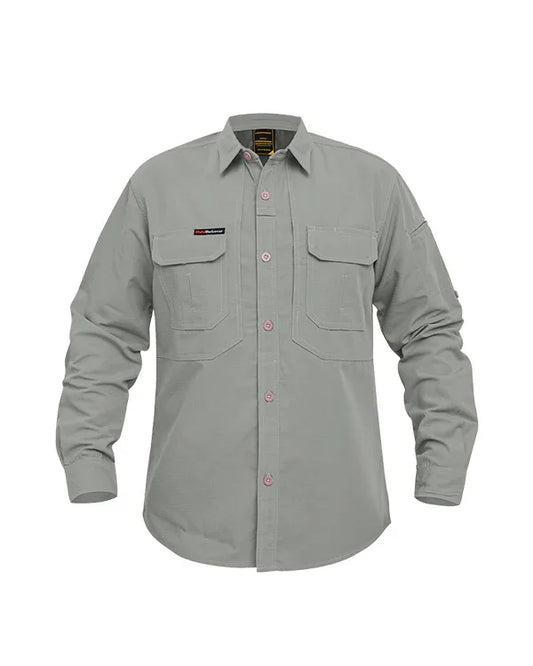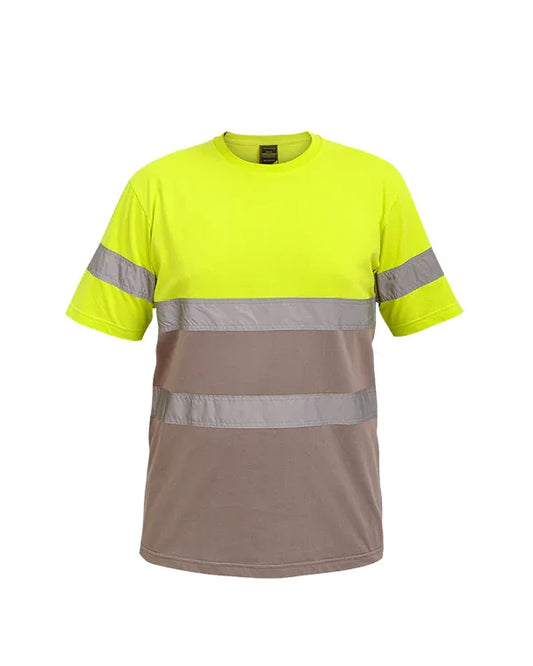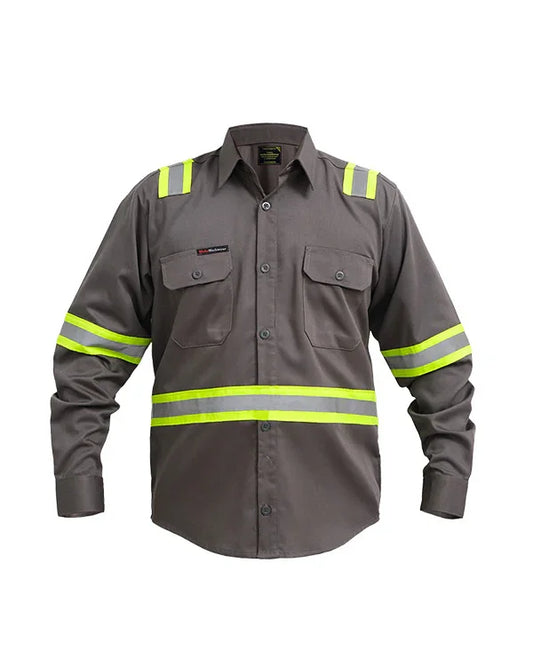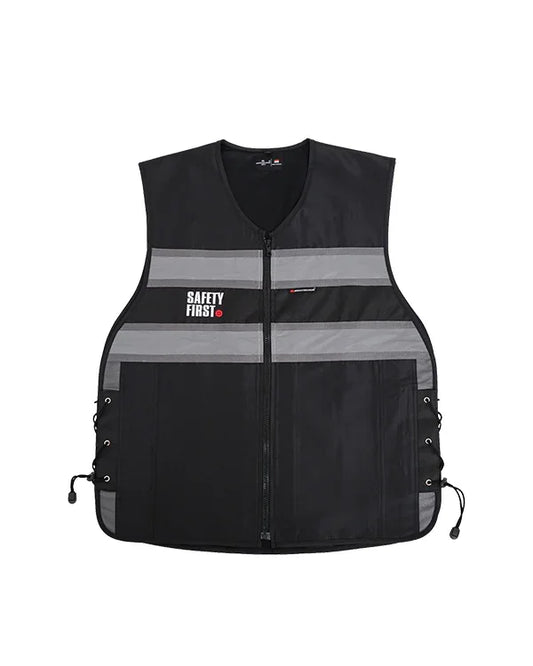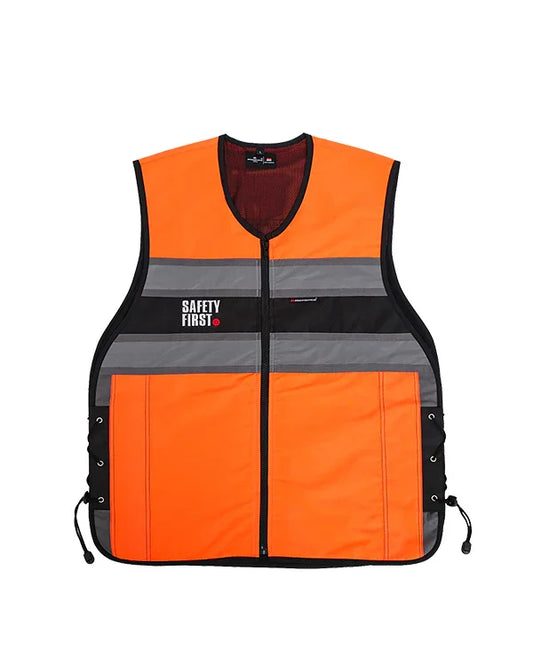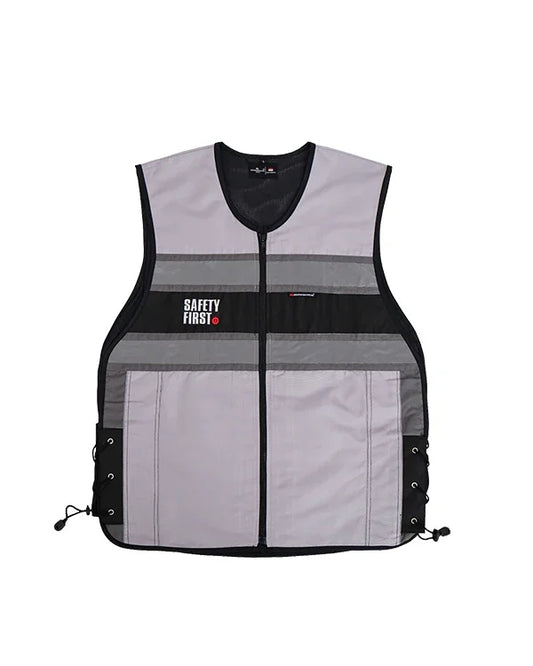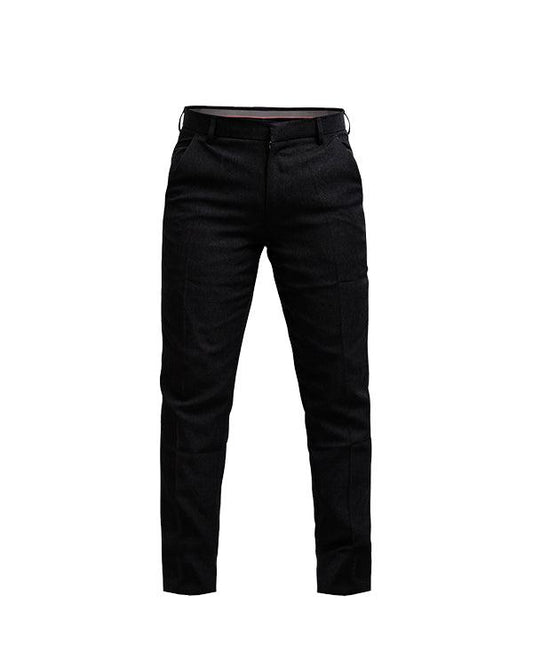
Wearpack: Essential Workwear for Modern Industries
In today’s industrial world, having the right protective clothing is no longer optional. One of the most recognized workwear items in Asia, particularly Indonesia, is the wearpack. Known internationally as a type of coverall, this garment is designed to protect workers while ensuring comfort and a professional look.
Understanding What a Wearpack Is
A wearpack is a dedicated work uniform created to withstand demanding environments. Depending on the industry, it can come as a one-piece garment or a two-piece set. Unlike casual clothing, wearpacks are engineered with durable fabrics and safety features tailored for fieldwork, factories, and training environments.
Why Companies Choose Wearpacks
- Improve workplace safety by protecting employees from sparks, heat, or chemicals.
- Extend the life of personal clothing by serving as an external protective layer.
- Present a professional and unified corporate image.
- Meet industry-specific safety regulations in a cost-effective way.
Different Applications of Wearpacks
- Safety Wearpacks – specialized for high-risk industries such as oil & gas and mining.
- Student Wearpacks – practical uniforms for vocational schools and technical training programs.
- Workshop & Mechanic Wearpacks – built for automotive, repair, and heavy machinery environments.
- Industrial Wearpacks – adapted with reflective strips, reinforced fabrics, and waterproof coatings.
Preferred Materials
Common materials include drill fabric for its durability, canvas for heavy-duty use, and denim for practical workshops. Each fabric is chosen based on the industry’s safety and comfort requirements.
Wearpack vs. Coverall – Is There a Difference?
The term wearpack is widely used in Indonesia, while coverall is more familiar internationally. Although both serve the same protective purpose, coveralls generally refer to one-piece suits, whereas wearpacks may also include two-piece sets.
How to Choose the Right Wearpack
- Define the safety level required (flame-resistant, reflective, waterproof).
- Check fabric quality and stitching strength.
- Ensure proper sizing for mobility and comfort.
- Consider customization with company logos for brand identity.







